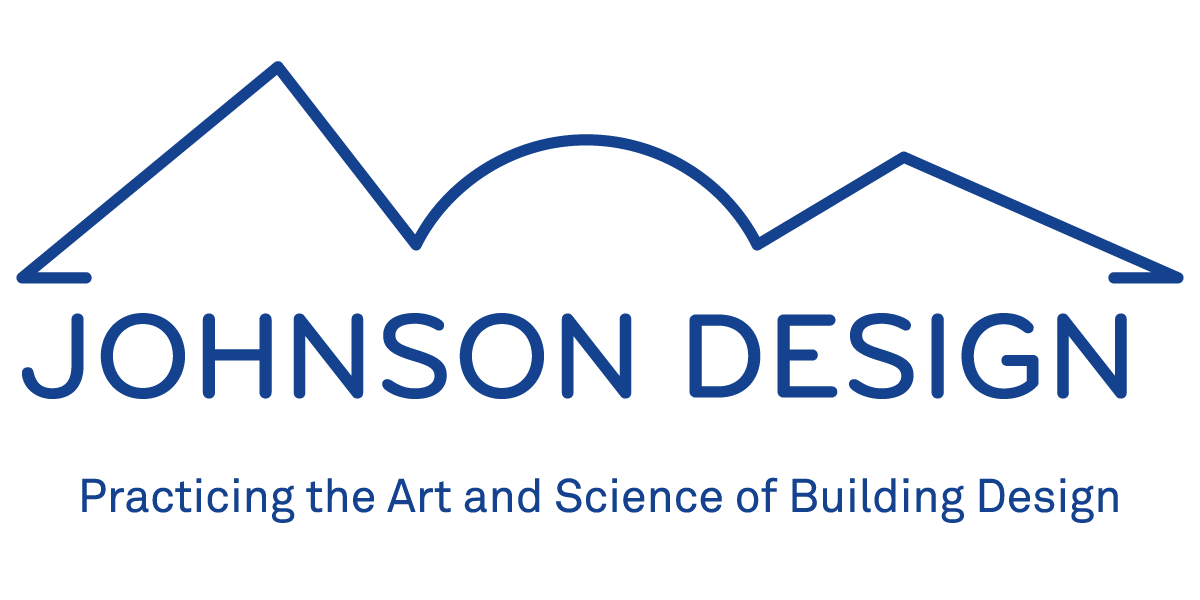Manifesto
Art is the aesthetic beauty and the wholeness of composition that will produce a sense of place in a building.
Science is the application of physics for the performance of our built environment in terms of comfort, health and durability.
Design is the integration of these principles. There is an art of Science and a science of Art that must work cohesively.
Practice is the ongoing endeavor to bring these principles to their highest embodied form.
Buildings are a primary artifact of human culture. One of our most basic symbioses is that people construct and care for buildings that then protect and care for people.
Approach
Observation
Listen, observe, and question how my clients live in their home. What works, what does not work, about their current home. Whether remodeling or new construction, what are the potential advantages of the site, what are the restrictions, limitations? How to put to best use the least valuable areas, keep the most
valuable areas intact. Use what we have. Improve what we need. Our homes need to be useful, efficient and beautiful.
Beauty
Buildings are not independent, they always exist in association with people. People and buildings are mutually dependant on each other. Buildings need people to take care of them. A building that is comfortable, delightful and beautiful will be appreciated by its owner. The owner will love and care for such a building. A building that is loved and cared for will last longer and become even more beautiful in the process. All the effort, materials and energy that went into producing that building will be useful for a much longer time, thereby making more efficient use of the initial investment of materials and energy. Beauty is not a luxury, it is an important component as how we feel about our environment around us.
Building Green
The intent of green building is to build and operate houses that are healthy for our global, local and indoor environment. This demands attention to the site, local climate, energy use, appropriate materials and mechanical systems.
Green building starts with excellent design. A house should be designed as an integrated system that is optimized for its location, responds to the local environmental conditions, and provides a pleasing and healthy environment for the inhabitants.
Largest decisions come first with consideration given to orientation, prevailing breezes, existing shading, outdoor living areas, landscaping, and water use; also, location and orientation of the house, extent of footprint, solar access, shading, and durable exterior materials and detailing.
Energy efficiency demands a completely insulated and airtight shell with high performance windows, southern glazing, and exterior shading for hot climates. Space and water heating systems should be high efficiency, simple, and correctly installed. Sealed combustion water heaters can be used for a combined space heating and water heating system. Lighting efficiency, with fluorescent and LED lighting fixtures, and Energy Star appliances are critical to the performance of the home. Solar thermal and photovoltaic collectors can be integrated within these systems.
Indoor air quality is critical in today’s efficient, tight homes. The use of quality, durable, authentic materials that minimize out-gassing of harmful compounds are important to use. Controlled mechanical ventilation systems and heat recovery ventilators are appropriate strategies to provide fresh outdoor air into a home.
Water conservation inside the home includes the use of low-flow fixtures, on-demand hot water circulation systems, and water efficient dishwashers and clothes washers (Energy Star appliances). Outdoors, the use of native plants that are adapted to local rain cycles is critical. Minimize plantings that are dependent on high water and fertilizer use. Use plantings to provide appropriate shade. Form outdoor living areas with plantings.
Appropriate materials should be thoughtfully considered. The harvesting, mining, manufacturing and transportation of materials have a significant impact on the environment and the embodied energy content of such materials. Local, durable and authentic materials should be used where possible. Materials with recycled content are very beneficial in a number of ways. Use materials that do not have added formaldehydes or other VOCs.
